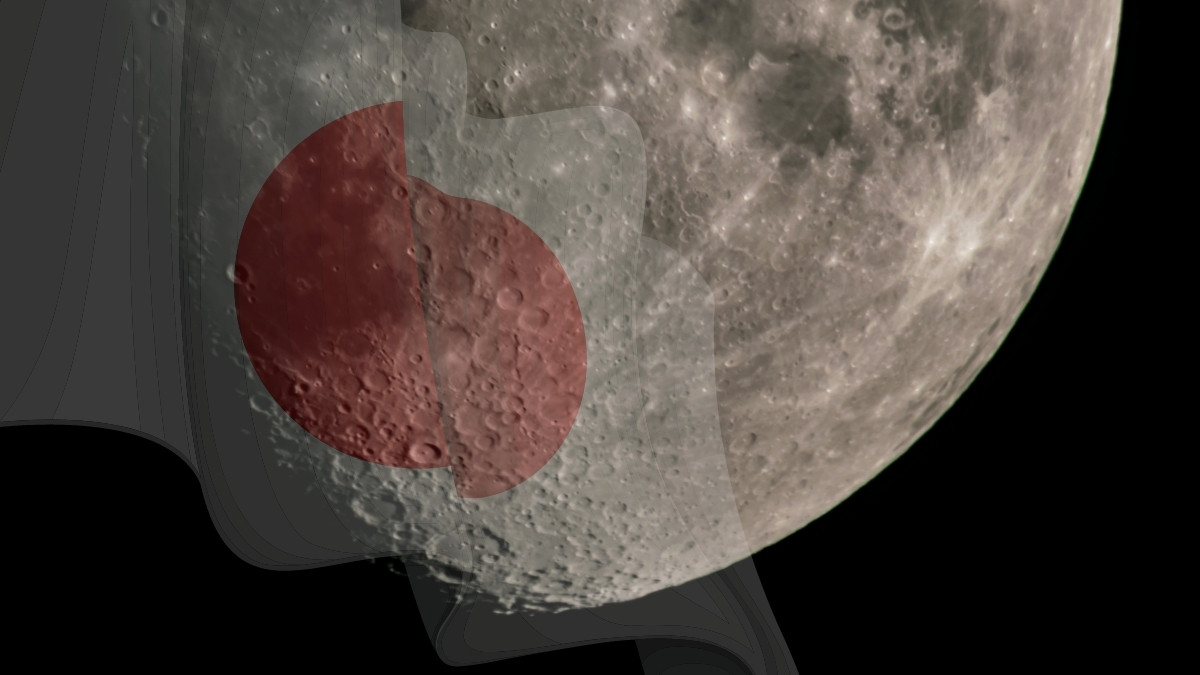In this article, we delve into the factors behind the unsuccessful lunar landing of ispace’s Hakuto-R spacecraft.
Through detailed analysis, we explore the mission mishaps and how these invaluable insights will shape the planning of future lunar missions.
Key Takeaways:
- Hakuto-R misinterpreted its altitude due to a large crater rim, resulting in a crash.
- Safety measures designed to handle sensor errors backfired due to the unexpected lunar terrain.
- A last-minute change in the landing site might have played a role in the failed landing.
- Despite the failed landing, the mission provided important data for future expeditions.
- The Hakuto-R Mission 1 was meant to be a pioneering private company moon landing.
- Future missions (Mission 2 and 3) are slated for launch in 2024 and 2025.
A Rocky Descent: Analyzing Hakuto-R’s Downfall
The journey of Hakuto-R, Japan’s pioneering lunar landing mission, came to an unexpected halt.
The spacecraft, developed by ispace, was primed to descend onto the lunar surface when a critical error occurred.
A software glitch caused the spacecraft to misjudge its altitude, which ultimately led to the downfall of the mission.
Believing it had already landed, the craft ceased deceleration and the propulsion system gradually ran out of fuel.
When communication was lost, the unfortunate conclusion was drawn — Hakuto-R had crash-landed on the moon.
Terrain Troubles: The Crucial Role of Lunar Landforms
The descent anomaly of Hakuto-R sheds light on the challenges posed by the moon’s complex terrain.
As the spacecraft approached its landing site, it flew over the rim of a large crater.
This significant landform resulted in a sharp rise in the altitude measured by the onboard sensors — a figure far greater than the team had anticipated.
Instead of treating this as an accurate reading, the software interpreted it as an anomaly and began to filter out subsequent altitude readings.
Clearly, the lunar landscape, particularly its large craters, played a role in Hakuto-R’s unfortunate demise.
From Error to Insight: Learning from Hakuto-R’s Mishap
Despite the mission’s unfortunate outcome, it has presented an opportunity for growth.
ispace has conducted a detailed post-mortem of the event, understanding how the unique lunar environment contributed to the software error.
The data collected from the failed mission is proving to be invaluable, informing the design and preparation of future lunar missions.
In essence, the mistakes of Hakuto-R are shaping the future of lunar exploration.
Looking Ahead: The Future of ispace Lunar Missions
While the setback of Hakuto-R was significant, it has not deterred ispace from its ambitious lunar exploration objectives.
Plans for two further missions, scheduled for launch in 2024 and 2025, are already in the pipeline.
The lessons from the Hakuto-R experience will be central to these upcoming missions, and the data collected will be instrumental in planning their landing sequences.
The commitment of ispace to persevere in the face of adversity is a testament to their dedication to advancing lunar exploration.
A Historic Attempt: Hakuto-R’s Significance in Private Lunar Exploration
Hakuto-R may have suffered a setback, but its significance in the realm of private lunar exploration cannot be overstated.
It was an audacious attempt to make history, poised to become the first successful moon landing by a private company and the first Japanese lunar landing overall.
Despite falling short of its ultimate goal, the mission has broken barriers in the industry, paving the way for future private lunar missions.
Mission 2 and 3: Building Upon Lessons Learnt
With future launches planned, the story of ispace’s lunar exploration is far from over.
Hakuto-R Mission 1, despite its ending, has provided a solid foundation for the upcoming missions.
These future endeavors will incorporate lessons from the first mission, using the collected data to anticipate challenges and design effective solutions.
Thus, while the crash of Hakuto-R marks a temporary setback, it symbolizes a giant leap in learning, improving, and preparing for the upcoming Missions 2 and 3.
The journey of ispace — with its trials, tribulations, and lessons — epitomizes the spirit of exploration, shedding light on the road ahead for lunar missions.
Despite the rocky start, the future of private lunar exploration appears promising, filled with anticipation and aspiration for the mysteries the moon has yet to reveal.
Conclusion
While the Hakuto-R landing didn’t go as planned, the mission’s findings and data present an opportunity for growth and improvement.
Through this seemingly unsuccessful endeavor, invaluable lessons about the complexities of lunar landing have been learned.
These insights will inform future missions, marking the event not as a failure but as a stepping stone to future success in lunar exploration.
This venture represents a significant stride in private lunar landings, setting the groundwork for future expeditions to the moon and beyond.
 Sections of this topic
Sections of this topic
















